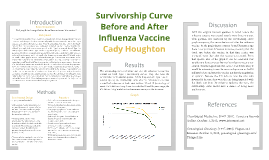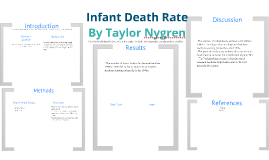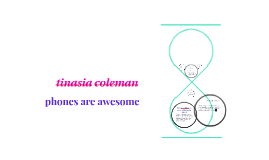Disability Online Poster Presentation
Transcript: Disability Oppression & marginalization of the world's largest minority group Exploitation: People living with disabilities are often marginalized. If they can find employment, they are usually ask to perform menial labor. Marginalization: People with disabilities are often excluded from common privileges in society, such as access to transportation and housing. Cultural Imperialism: People living with disabilities have relatively little influence in the dominant culture. Resources for disabled people are not readily available as their needs are different from the dominant culture. Powerlessness: People with disabilities are often impoverished and don't have power to affect change within their communities. Violence: Disabled people, particularly women, often live in fear that they will be hurt or attacked due to their identity within a group that is often perceived as weak and powerless. DISCRIMINATION against the disabled, or ableism, is discriminatory action against people based on the physical ability of their body, especially against people with disabilities in favor of people who are not disabled (Disabled World News, 2009). Direct Discrimination Discrimination that occurs when an individual or group treats a person living with a disability less favorably than a person living without a disability. Areas that this may occur in are employment, education, and access to services or goods (Disabled World News, 2009). Indirect Discrimination Discrimination that occurs when there is not a direct intention to exclude people living with disabilities, however, their needs or accommodations are not met due to a lack of knowledge. A common example is when a building or business does not have a ramp or access into their building by wheelchair. I can easily arrange to be in the company of people of my physical ability. If I need to move, I can easily be assured of purchasing housing I can get access to easily - accessibility is one thing I do not need to make a special point of looking for. I can be assured that my entire neighborhood will be accessible to me. I can assume that I can go shopping alone, and they will always have appropriate accommodations to make this experience hassle-free. I can turn on the television or open a newspaper and see people of my physical ability represented. When I learned about history, people of my physical ability were well represented. I was given curricular material which showed people like me as a role model. I can be assured that assumptions about my mental capabilities will not be made based on my physical status. I can swear, dress sloppily, or even be in a bad mood without people attributing it to my physical disability. I can do well in challenging situations very often without being told what an inspiration I must be to other able-bodied people. I have been asked to speak for all physically challenged people. Almost always, when asking to speak to the person in charge, will find someone of the same physical status. (May-Machunda, 2005) Physical Five Faces of Oppression (Young, 2000) References The Special Olympics strives to create a positive portrayal of people with disabilities in the media. The largest minority population in America is people with disabilities. They are also the poorest and least educated. (U.S. House of Representatives, 1990) In 2010, a new section was added to the Americans with Disability Act. All public pools are to add a lift making pools accessible. The application of this law has continuously been pushed out further, making the final date January 31st, 2013 for public pools to comply. Able-bodied Checklist How is life easier for me as a non-disabled person? Be Inspired! Psychiatric History of Oppression Legislation Cognitive (U.S. Senate, 1989) Oppression & Marginalization After researching, reading, and observing multiple videos, the most significant fact we discovered was that people living with disabilities are the largest minority group. We don't realize how much we take take for granted as able people. After working on this project, we see how Young's five faces of oppression are applied to people with disabilities. (Gorman, 2012) Beaulaurier, R. L. & Taylor, S. H. (2001). Social Work Practice with People with Disabilities in the Era of Disability Rights, Social Work in Health Care, 32:4, 67-91 Bowe, F. (1990). Employment and people with disabilities. OSERS News in Print, 3(3), 2-6 Disabled World News - Information and legal articles regarding Disability Discrimination in society including the workplace: http://www.disabled-world.com/disability/discrimination/#ixzz28dv9V965 Disabled World News - World health and disability statistics and facts including country and state population with disabilities: http://www.disabled-world.com/disability/statistics/#ixzz29I0ypuhQ Education of All Handicapped Children Act, Public Law 94-142 (1975). URL: http://www.venturacountyselpa.com/Portals/45/Users/Public%20Law%2094.pdf, Retrieved March 4, 2012. May-

















